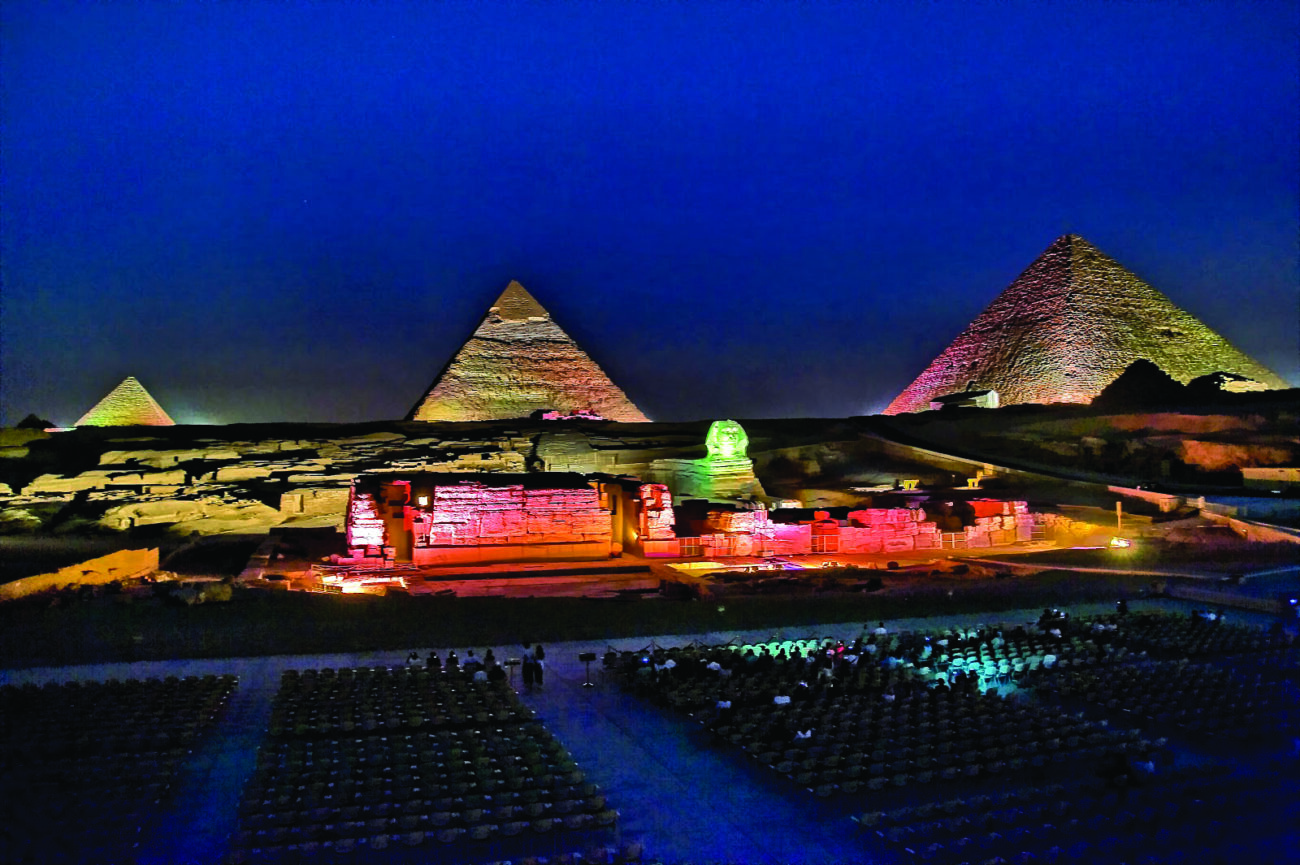Tanzania
Those yearning to go on safari might consider Tanzania, home to Serengeti National Park,

the Great Migration, and among the places with the largest number of lions of anywhere in the world.
Tanzania’s national parks span different parts of the country but a concentration of them is in the northern section including Serengeti National Park, Tarangire National Park, and Ngorongoro Crater, which is the site of a once active volcano. A first-time trip can include all three.
What makes a Tanzania safari trip distinct is the geography of the region. “There’s nothing but animals, the endless plains, and the sounds of the Serengeti,” says Suzanne Teng, product manager for Africa, Abercrombie & Kent (www.abercrombiekent.com). “The key reason to go is wildlife.” Those hoping to view various animals aren’t likely to head home disappointed. “People will always see wildlife,” Teng says. “Every day, every game drive is an adventure, some more dramatic than others.“
In general, games drives are excursions through places where travelers are most likely to see animals in their natural habitats. They typically take place early mornings and late afternoons. A range of tour operators include Tanzania safaris among their itineraries. Depending on the tour, accommodations vary from tents
to lodges.
Tanzania is home to the Great Migration, when more than a million wildebeest and zebra sweep across the plains in search of water and food.
Their journey begins in Southern Serengeti when wildebeest calves are born. Lions, hyenas and other predators are on the hunt, and in May, when the drought sets in, the wildebeest herd heads north, followed by gazelles and zebras. In late October, the animals move south.
Depending on your interests and tour operator, activities in Tanzania include game drives, hot air balloons, walking safaris, bush meals, and visits with the Maasai people.
National Parks
Serengeti National Park’s climate is subtropical with the rainy season from November to April and the dry season from May to October. “This is one of the most famous parks in all of Africa, and for good reason,” Teng says. “It is huge,” at least 5,700 square miles.
The name Serengeti is believed to be derived from the Maasai name, “Seringet” or “Siringet,” meaning endless plains.
Tarangire National Park is known for its large number of elephants and baobab trees. This park is smaller at 1,100 square miles. It’s named for the Tarangire River, which flows through the center of the park. Baobab trees have adapted to their environment, and as succulents, they absorb water during the rainy season and store it in their trunks. This enables the trees to produce fruit in the dry season.
Located into the Ngorongoro Conservation area, the Ngorongoro Crater is home to a large concentration of wildlife species including elephants, lions, leopards, buffalo, rhinoceros, wildebeests, zebra, antelope, hippopotamus, gazelles, hyenas, warthogs. What this means is travelers could see eash of the Big Five of Africa – buffalo, elephant, lion, leopard, and rhinoceros. The Ngorongoro Crater, is described as a caldera, a large depression that forms when a volcano erupts and collapses inward. Ngorongoro is believed to have formed approximately 2.5 million years ago from an active volcano when its cone collapsed inward after a major eruption. It’s 10 to 12 miles across with an area of 102 square miles, and 2,000 feet from the floor to its rim.
How is a Tanzania safari different from one in South Africa? In Tanzania, Suzanne Teng says, there are “no signs of humanity, just endless plains of the Serengeti.” She adds, “People are seeking the animals that are in Africa in their natural environment, animals just roaming free and being animals.”
Which time of year is ideal for a safari in Tanzania? “The typical answer to this question is to visit Tanzania late June to early October during the dry season,” Teng says. “The Great Migration historically passes through the area in June and July.” Yet, she also recommends traveling in February as northern Tanzania tends to be less crowded compared to June to early October. In addition, plan nine months to a year ahead, she says.
www.tanzaniatourism.go.tz




